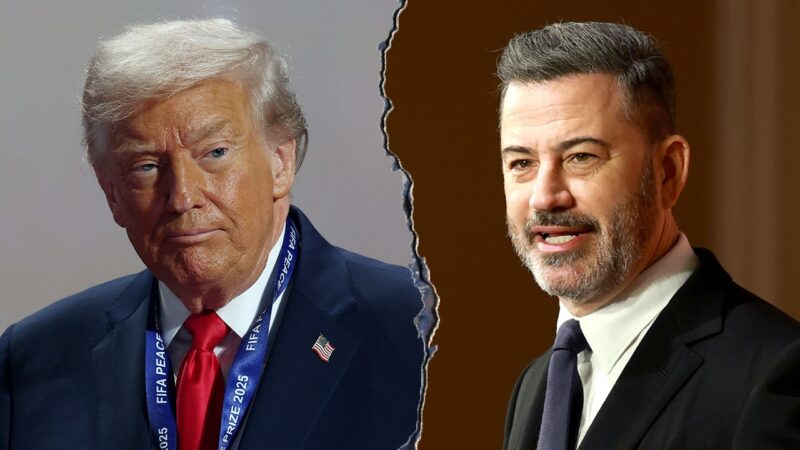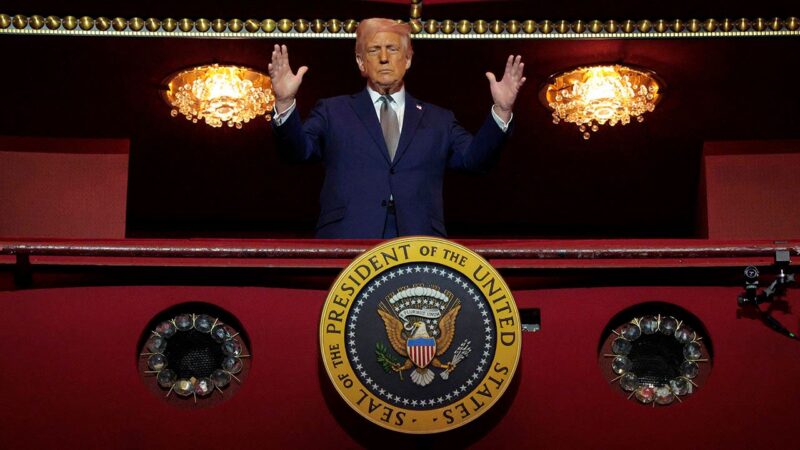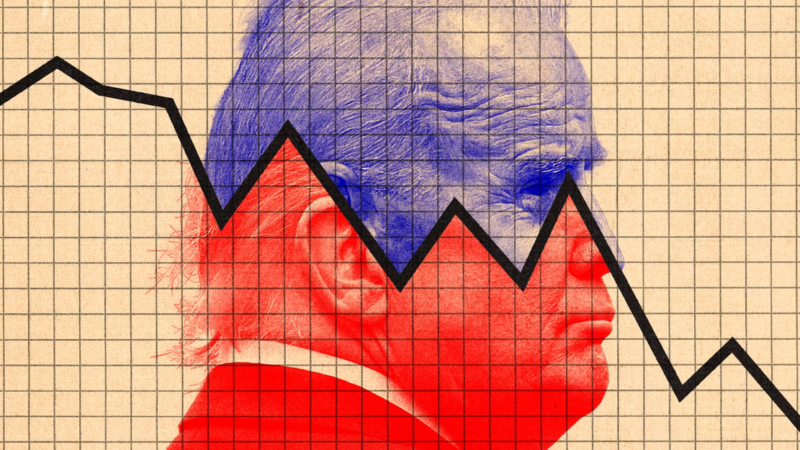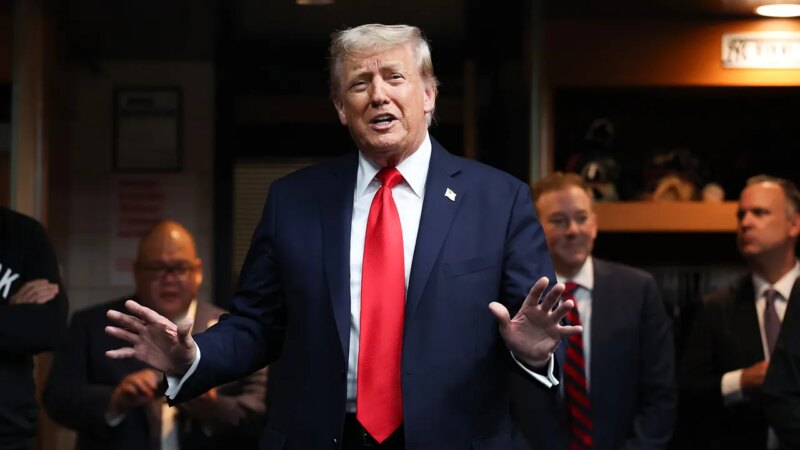Colombia’s Petro calls Trump a ‘barbarian’ over narco-terror strikes: report
NEWYou can now listen to Fox News articles!
Colombian President Gustavo Petro reportedly called President Donald Trump a “barbarian” this week, days after he ordered his country’s security forces to stop sharing intelligence with the U.S. until Washington halts its strikes on suspected drug vessels in the Caribbean.
Petro made the remark during an interview published Thursday by NBC News, which also quoted the Colombia president as saying his country would not “pass on the information because we would be collaborating with a crime against humanity.”
A White House official reiterated to Fox News Digital on Thursday that Trump has stated that Petro “is an illegal drug leader strongly encouraging the massive production of drugs, despite large scale payments and subsidies from the USA that are nothing more than a long term rip off of America.”
“As we have said many times, the President directed these actions consistent with his responsibility to protect Americans and United States interests abroad and in furtherance of United States national security and foreign policy interests, pursuant to his constitutional authority as Commander in Chief and Chief Executive to conduct foreign relations,” the White House official continued.
TRUMP DOUBLES DOWN ON COLOMBIA CRACKDOWN, CALLS PETRO A ‘LUNATIC’
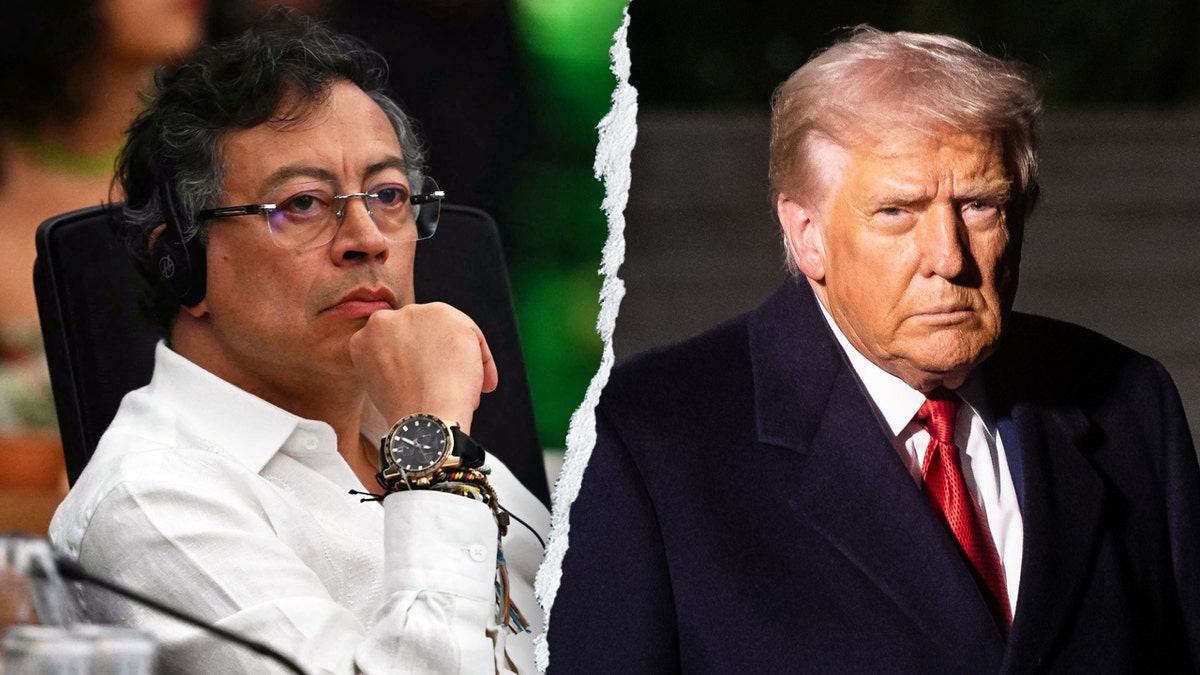
Colombia’s President Gustavo Petro, left, and President Donald Trump. (Mauro Pimentel/AFP via Getty Images; Francis Chung/Politico/Bloomberg via Getty Images)
The official added that “despite billions of U.S. taxpayer dollars invested in Colombia’s counterdrug efforts, cartels are thriving under Petro’s failed policies” and stated that “it’s hardly surprising that President Petro is opposed to President Trump’s successful operations to halt the flow of drugs to our country.”
In a message on X earlier this week, Petro wrote that Colombia’s military must immediately end “communications and other agreements with U.S. security agencies” until the U.S. ceases its attacks on speedboats suspected of carrying drugs.
Petro wrote that “the fight against drugs must be subordinated to the human rights of the Caribbean people.”
US CARRIES OUT MORE ‘LETHAL’ STRIKES ON ALLEGED DRUG BOATS IN INTERNATIONAL WATERS, HEGSETH SAYS

A recent U.S. military drone strike on a suspected drug-carrying submersible in the Caribbean. (President Donald Trump via Truth Social)
On Wednesday, Secretary of State Marco Rubio pushed back on recent media reporting claiming the United Kingdom also reportedly stopped sharing some intelligence with the U.S. in response to the strikes on suspected drug trafficking vessels.
Reuters cited Rubio as telling reporters that Britain had not raised concerns directly with him.
“This is a counter-drug operation. The president has ordered it in defense of our country. It continues, it’s ongoing. It can stop tomorrow if they stopped sending drug boats,” Rubio added on Wednesday.
“The Maduro regime is a narco-terrorist regime indicted in the Southern District of the United States for narco-terrorism, but more importantly, they’re also a transshipment organization that allows these groups to operate from their national territory,” Rubio said about Venezuelan leader Nicolás Maduro.
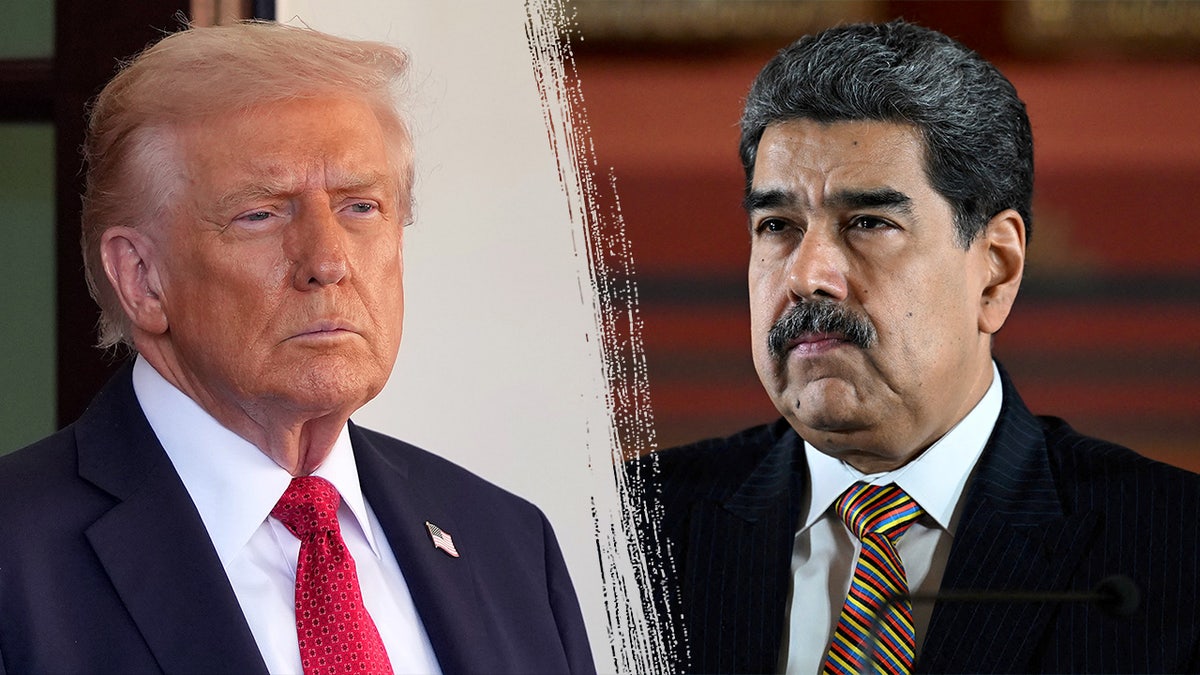
The Trump administration recently ordered the USS Gerald R. Ford to head to U.S. Southern Command, prompting Venezuelan president Nicolás Maduro to accuse Trump of “fabricating a new eternal war.” (Juan Barreto/AFP via Getty Images; Getty Images)
.CLICK HERE TO DOWNLOAD THE FOX NEWS APP
“I don’t think the European Union gets to determine what international law is. What they certainly don’t get to determine is how the United States defends its national security. The United States is under attack from organized criminal narco-terrorists in our hemisphere and the president is responding in the defense of our country,” Rubio also said.
The Associated Press contributed to this report.


